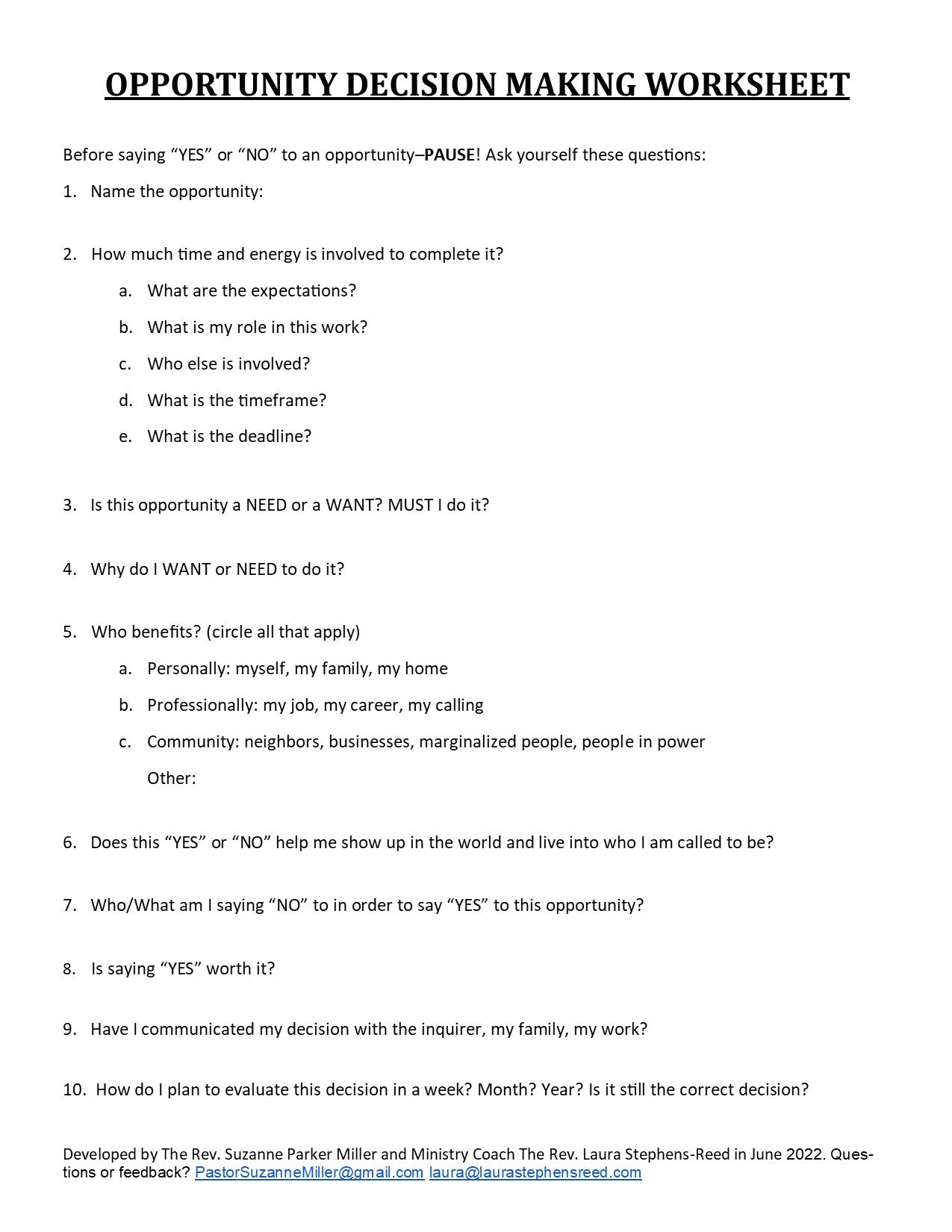It’s happening. The wave of people leaving pastoral ministry is gathering momentum. For some it’s because they are so dang tired. For others it’s because they’re being nudged to use their gifts and energy in other spaces, whether that’s a different kind of ministry, another field altogether, or unpaid-yet-no-less valuable labor (e.g., caring for young children or aging parents). I think that underneath all of these faithful responses to leaving a congregation, though, is a question that is both practical and existential:
Does my ministry matter?
Pastors are asking this because as they were preaching God’s command to care for one another these past two years, God’s people were fighting about whether they had to wear masks and acknowledge - much less address - systemic racism.
Pastors are asking this because they have taken on more than ever, yet some in their churches are asking them to do more.
Pastors are asking this because their congregants are citing Covid caution as their reason for not coming back to worship while their social media feeds tell a different story.
Pastors are asking this because the world is on fire, and they feel increasingly less able to identify where and how to make an impact.
Pastors are asking this because the pandemic made them re-examine everything about their ministries.
Pastors are asking this because some members are eager to go back to the way things were, while clergy know there is no going back.
In other words, this crisis of vocation and identity is totally understandable.
And, what you do matters so much, pastors.
You love us like Jesus does, even when we aren’t very easy to love.
You tell us that God made us and called us good, no matter what others might call us.
You invite us into communities of belonging, and what could be more sacred than that?
You nurture our spirits, challenge us, and offer us hope, whatever is happening around us.
You sensitize us to God’s invitations.
You celebrate life’s highlights alongside us.
You accompany us through the deepest of difficulties.
You prophesy, speaking on God’s behalf even when we want to put our hands over our ears.
You urge us to be better, to be the good God breathed into life.
You remind us that we have all we need as long as we share.
You provide stability when everything - including the Church - is changing.
You send us out, inspired to be Christ’s hands and feet and to bring a little more of God’s reign right here to Earth.
You do the behind-the-scenes work that few ever know about that makes all of the above possible.
Everything is hard now. It’s not just you, and it’s not your imagination. If you need a break, please take one. If you need to live out your calling in a new context, look for that outlet. God wants good for you too. But know that who you are and how you show up and what you do - it’s so faithful, and it’s valuable beyond what anyone can pinpoint.
Blessings on you, pastors, beloved bearers of God’s love and abundance.
Photo by Emily Morter on Unsplash.





















